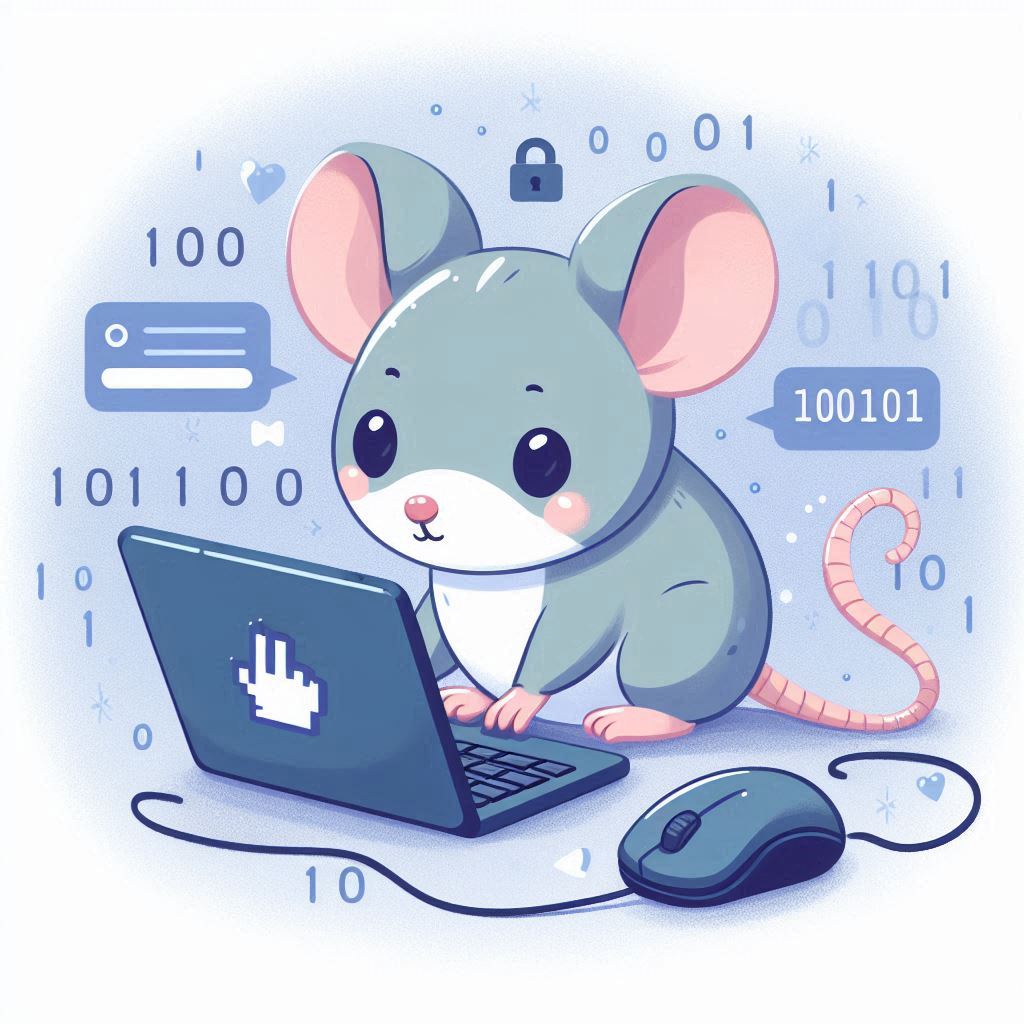A Remote Access Tool (RAT) is a type of software that allows an attacker to gain unauthorized access and control over a victim’s computer remotely. These tools can be used for both legitimate purposes (such as system administration) and malicious activities (such as cyberattacks). Here are some notable RATs:
- Rafel (RAFEL): An Android RAT written in Java with a web panel for controlling victims. It’s used for hacking Android devices and includes features like anti-VM detection. Rafel (RAFEL)
- Xeno-RAT: An open-source RAT developed in C# that provides comprehensive features for remote system management, including HVNC (Hidden Virtual Network Computing), live microphone access, and reverse proxy capabilities. Xeno-RAT
- Stitch: A cross-platform Python RAT that allows you to build custom payloads for Windows, macOS, and Linux. It’s commonly used for remote administration tasks. Stitch
What are the risks of using RATs?
Using Remote Access Tools (RATs) can pose significant risks, especially when they are employed maliciously. Here are some key dangers associated with RATs:
- Unauthorized Access: RATs allow attackers to gain unauthorized access to a victim’s computer or network. Once inside, they can steal sensitive data, manipulate files, or even take control of the entire system.
- Data Theft: Attackers can use RATs to exfiltrate personal information, financial data, login credentials, and other sensitive files. This can lead to identity theft, financial losses, and privacy breaches.
- Malware Distribution: RATs are often bundled with other malware (such as trojans or ransomware) and distributed via phishing emails or malicious websites. Users unknowingly download and execute these RATs, leading to further infections.
- System Manipulation: RATs allow attackers to perform various actions on the victim’s system, including installing additional software, modifying settings, and executing arbitrary commands. This can disrupt normal operations and compromise system integrity.
- Persistence: Some RATs are designed to remain hidden and persistent on the victim’s system. They can survive reboots, evade detection by security software, and maintain long-term access.
- Legal Consequences: Using RATs for unauthorized purposes is illegal and can result in criminal charges. Individuals caught deploying RATs for malicious intent may face legal penalties.
- Loss of Control: If an attacker gains control of your system using a RAT, they can manipulate it remotely. This loss of control can be devastating for both individuals and organizations.
To protect against these risks, follow these best practices:
- Security Software: Use reputable antivirus and anti-malware tools to detect and prevent RAT infections.
- Regular Updates: Keep your operating system, software, and security tools up to date.
- User Awareness: Educate users about the dangers of downloading unknown files or clicking suspicious links.
- Network Segmentation: Implement network segmentation to limit the impact of a compromised system.
- Zero Trust Model: Consider adopting a Zero Trust security model, which assumes that no device or user can be trusted by default.
